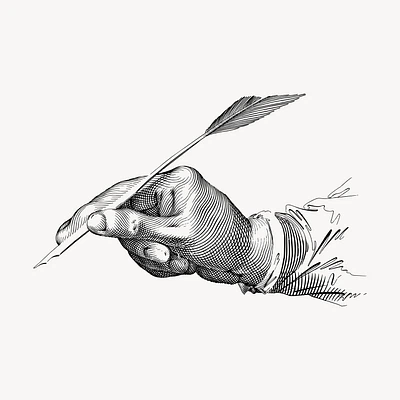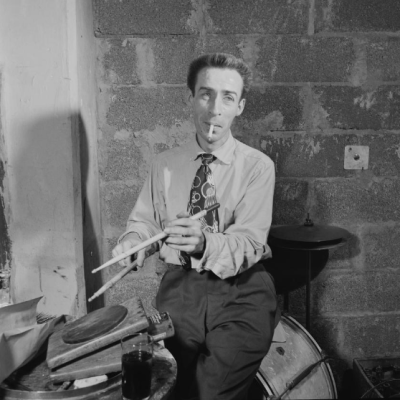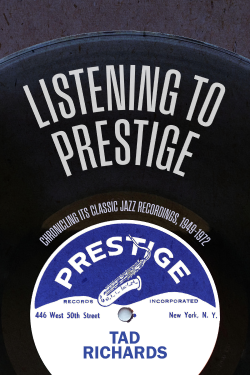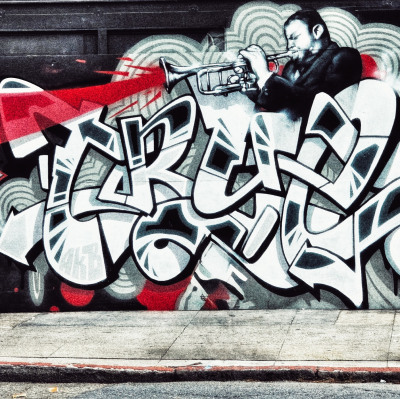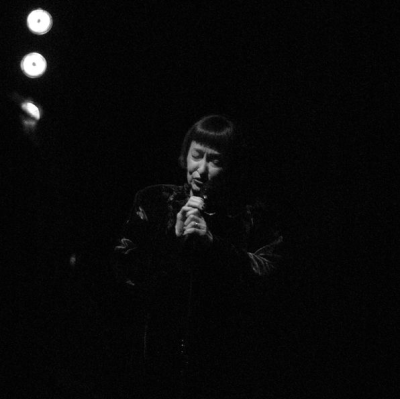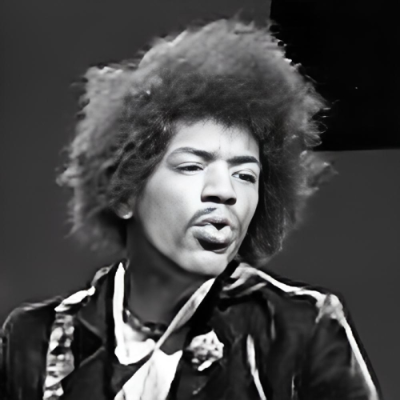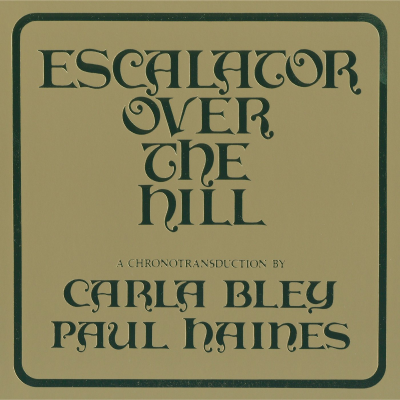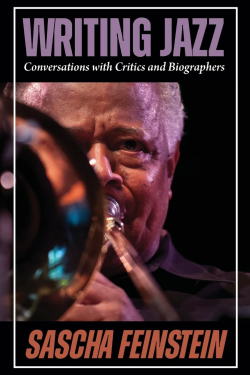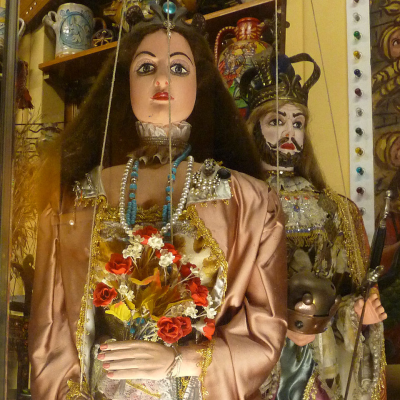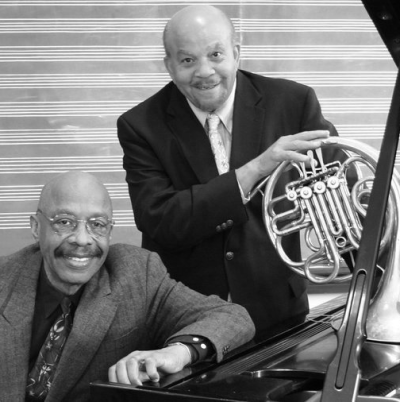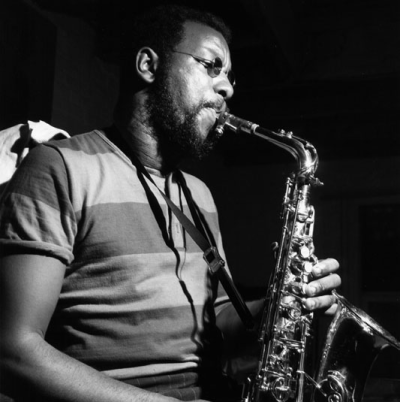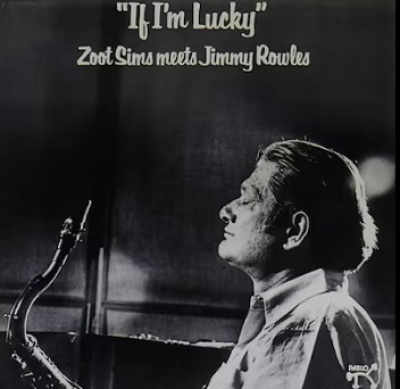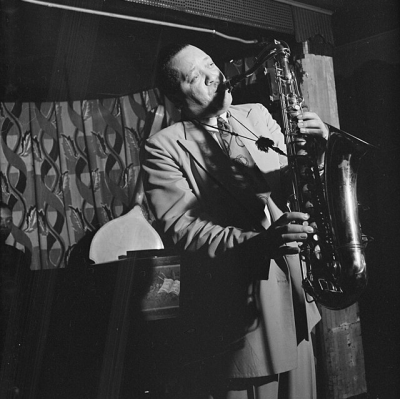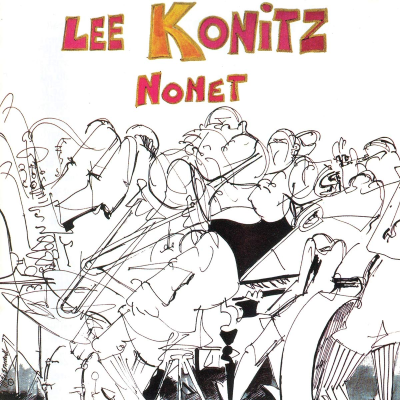.
.
The correct answer is Gerry Mulligan!
.
photo by William Gottlieb/Library of Congress
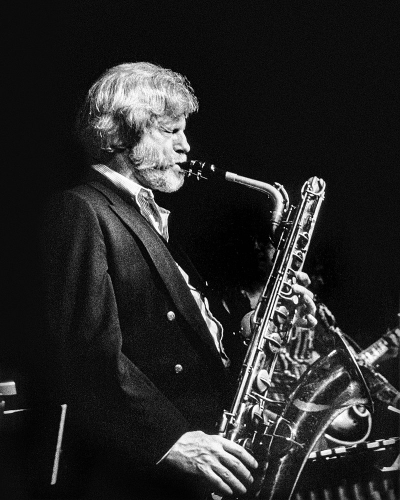
Gerry Mulligan, ca. 1980’s
.
___
.
“The most famous and probably greatest jazz baritonist of all time, Gerry Mulligan was a giant. A flexible soloist who was always ready to jam with anyone from Dixielanders to the most advanced boppers, Mulligan brought a somewhat revolutionary light sound to his potentially awkward and brutal horn and played with the speed and dexterity of an altoist.
“Mulligan started on the piano before learning clarinet and the various saxophones. His initial reputation was as an arranger. In 1944 he wrote charts for Johnny Warrington‘s radio band and soon was making contributions to the books of Tommy Tucker and George Paxton. He moved to New York in 1946 and joined Gene Krupa’s Orchestra as a staff arranger; his most notable chart was “Disc Jockey Jump.” The rare times he played with Krupa‘s band was on alto and the same situation existed when he was with Claude Thornhill in 1948.”
.
Continue reading Scott Yanow’s biography of Gerry Mulligan at the All Music Guide to Jazz
.
.
Listen to Mulligan’s composition “Jeru,” which appeared on Miles Davis’s Birth of the Cool. It was recorded in January, 1949. [Universal Music Group]. (Click here to read the Wikipedia page about the recordings that make up this historic album)
.
.
Watch a 1962 film of Gerry Mulligan (with Bob Brookmeyer, Wyatt Ruther and Gus Johnson) performing “Open Country,” which aired on the Ralph Gleason’s Jazz Casual series.
..
.
Click here to play another Jazz History Quiz
.
.
___
.
..
Click here to read The Sunday Poem
Click here for information about how to submit your poetry or short fiction
Click here to subscribe to the (free) Jerry Jazz Musician quarterly newsletter
Click here to help support the ongoing publication of Jerry Jazz Musician, and to keep it commercial-free (thank you!)
.
.
___
.
.
Jerry Jazz Musician…human produced since 1999
.
.
.






